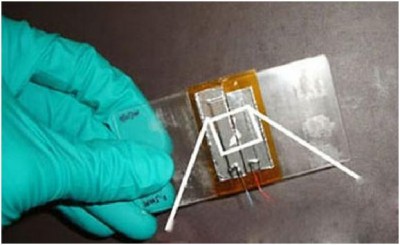This remains a top priority among the scientists across the world for efficient means of power generation, through renewable sources. New researches are made and hypothetical results every now and then to understand the dynamics of methods that hold promise. The improvements along certain lines have been such that shows only to flatter or deceive. Incremental improvements in the way we generate energy through renewable sources are welcome but a fuel that can replace fossil fuels completely is still missing from the horizon.
It is one of the major requirements that renewable resources for generation of energy are the need of day. Supporting the case are spiraling price rise in case of fuels, which are non-renewable in nature and pollute the atmosphere after combustion. If not a full-fledged overhaul in the way we generate and use energy, some kind of support can serve the purpose for now. This can help humans buy time for a technological revolution, in the form of efficient use of renewable sources of energy, to meet all the energy needs of humans.
As for current inventions are concerned, turning eco-friendly environment around needs more time to correct, clothing from piezoelectric fiber is now making waves as an easy mode of power generation. This can support the charging of small gadgets or appliances, thereby reducing the dependence on electricity generated through nonrenewable resources. Here we talk about the ongoing research in the domain by different research groups, specifically in universities.
University of California Researchers concept of Nanofibers in clothes for energy generation
After a thorough research in the field, the scientists have proposed the use of Nanofibers in clothing, interwoven with the fibers generally used. The polyvinylidene fluoride fibers work best as compared to piezoelectric fibers for their inflexibility issue. Nothing compares to the ease of power generation through kinetic stress, simply put, the movement of the piezoelectric Nanofibers. Electric output in the range of 5 to 30 mV will ensure the charging of gadgets such as phones kept in pockets. This obviates the need for power adapters and allows for anytime, anywhere charging.
In this research, it has been found that after applying nanotubes in ink on paper or clothing created the effect of storing electrostatic charge. This charge stored is better than chemical batteries which are generally used. The work is still in progress and more efficiency is expected over the time. It has been claimed that a T-shirt with nanotubes would be able to fully charge our mobile phone battery three times, and a great help for professions where field work is required. More positive results are predicting to found in next researches and such renewable energy generation clothing will be available in our box in future.



